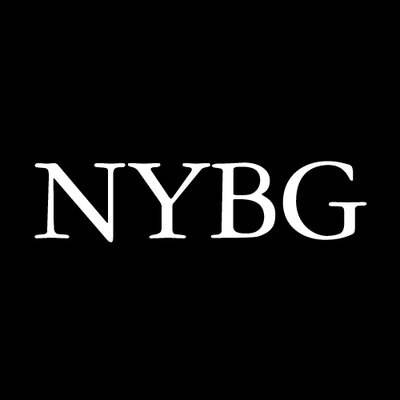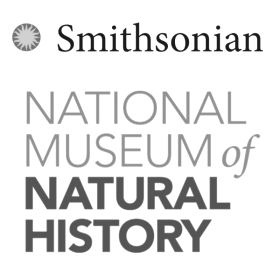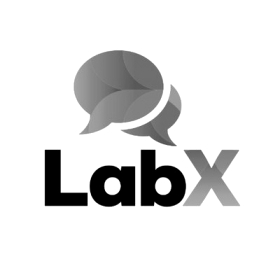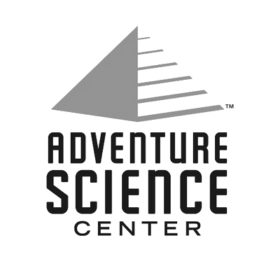Science Engagement
Call it science communication or informal science learning, STEM outreach or public participation. It’s all science engagement to us—and it’s all a part of culture.

We’ve been tracking the changes in engagement settings, styles, and strategies across the public science landscape. We’re excited to see the field shift some of its energy from conveying scientific facts and concepts to mainstreaming science and its stories, mindsets, and people in the public imagination. We celebrate the rise of irreverent, social forms of science engagement and the vital things that are happening where science meets comedy, storytelling, podcasting, politics, music, and art. We concur with progressive practitioners that engagement is a two-way street, a creative dialogue between community members and STEM experts about shared challenges and new possibilities.
In our research for organizations like the National Academy of Sciences and the Smithsonian Human Origins Program, in side projects and advisory roles with MIT and Guerilla Science, and of course in our ongoing work with STEM institutions and programs around the country, we’ve seen how research and evaluation can illuminate and improve the relationship between science and the public.
Explore our science engagement practice below, or give us a call.
Our Smithsonian team has tremendously enjoyed and learned much from the Slover Linett efforts. The final report gives us such excellent material, both broad in its context and detailed in its data. [It] will provide rocket fuel for our next adventure. I feel incredibly fortunate to have met Peter…and to see our wonderful, mindful collaboration come to fruition.”
Explore our science engagement
practice-areas
Science centers
For decades, America’s science centers have been creatively, intentionally playing at the boundaries: between STEM and STEAM, between interactivity and ideas, between informal learning and formal school curricula, and between child, family, and adult visitors. Many science centers have research & evaluation professionals on staff and an institutional culture that values learning about learning. We can help expand that inquiry to include non-visitors in the community and underserved populations—and widen the lens so learning becomes part of the full picture of engagement. We work not only with exhibit teams and educators but also marketing departments, membership programs, and (increasingly) leadership and boards.
Can we help your ASTC-type institution take a fresh look at its audiences and impact? Let’s start a conversation.
Natural history museums
How can museums connect visitors more deeply to the objects, stories, ideas, and people of science—and through science, to nature and the natural world? How can curators, educators, exhibit developers, marketers, and membership professionals engage larger and more diverse audiences in the search for scientific answers to our global challenges? In our work with some of the country’s largest natural history museums—in New York, DC, Chicago, and LA—and a wide range of other STEM and nature museums, we’ve studied how people perceive, experience, and benefit from natural history exhibitions and public programs. Our research has informed strategic change, inspired creative approaches, and helped draw and serve new communities.
Does your natural history museum need fresh insights to move forward? We look forward to talking.
Science media
You’ve moved way beyond “voice of god” narration and talking heads. You’re connecting science to pop culture with personal storytelling, humor, emotion, and informality. Most importantly, you’re thinking broadly and creatively about your audiences, outcomes, and impact. We’re right there with you, ready to provide the kind of audience research or program evaluation that will help you explore new possibilities and broaden your reach. We work with science podcasters, public media producers, art-science innovators, and other science media creators, viewing engagement through the broad lens of culture—which includes but doesn’t boil down to learning.
Are we talking your language? Let’s have a conversation.
Science festivals & events
Science festivals are equal parts street party, TED conference, maker fair, hands-on exhibit, robotics competition, arts bash, hackathon, and field trip. It’s a powerful hybrid form of public engagement: science as cultural happening. Since our work with MIT and the Evolving Culture of Science Engagement initiative in 2013 (which included the Science Festival Alliance), we’ve been thinking about how research and evaluation can help science events understand their communities, reach new audiences, and gauge their impact. We’ve spoken at IPSEC and followed the growing independence of festivals from science centers. Most importantly, we understand that science festivals are creative enterprises that celebrate the role of science in our lives and imaginations.
Does your public science event have strategic questions about audiences or outcomes? Give us a shout.
Science-art collaboration
Few places on the cultural map are as thriving and creative as the art-science intersection. From artist residencies in university science labs to science advisors on big-budget films and television series, the artistic expression of science brings fresh insights to both domains—and engages new audiences in the human search for understanding. In our work with NSF-funded collaborations, major research universities, public media outlets, and arts-based projects at STEM museums, we’ve seen the power of visual art, music, theater, dance, storytelling, and other art forms to create revelatory public experiences.
If you’re looking for astute research or rigorous evaluation for your art-science initiative, we’d love to talk.
Science policy & community
Unlike “science outreach” and “public understanding,” public engagement with science is a two-way street: a participatory process in which community members share their perspectives, priorities, and ideas with scientists, engineers, and STEM policymakers. Our research helps gather and capture those community voices, locally or nationally, eliciting the “wisdom of the crowd” and bringing new empathy and creativity to science as a civic enterprise.
Looking for a fresh approach to community research or evaluation in your community? Don’t be a stranger.





